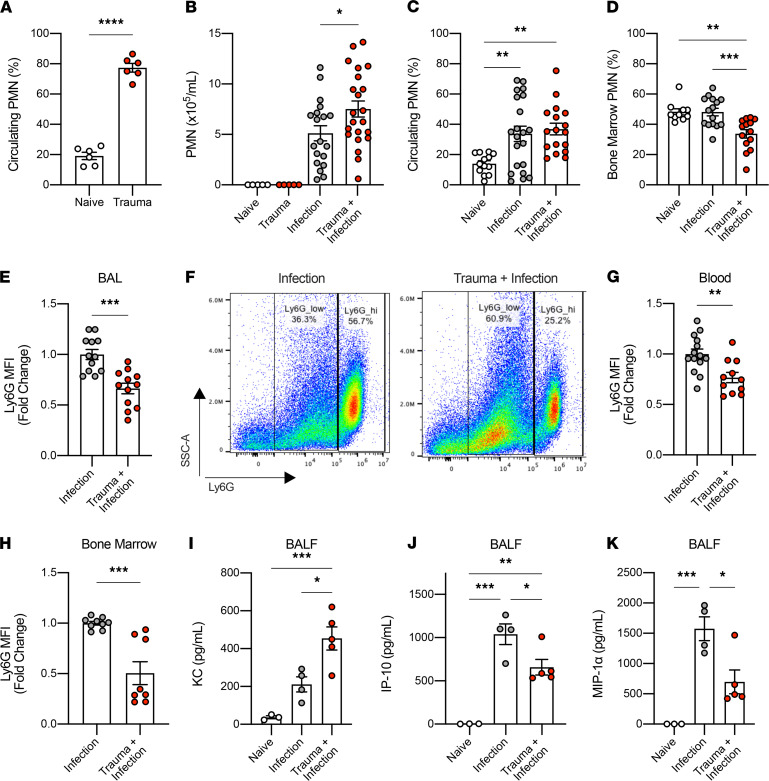Figure 3. Liver crush injury does not impair PMN migration to the sites of bacterial infection.
(A) Frequency of CD11b+Ly6G+ neutrophils (PMN) in the blood 4 hours after liver crush injury (n = 6/group). (B) Absolute number of PMN in 1 mL of BALF at the baseline (n = 5), 4 hours after liver crush injury alone (n = 5), 24 hours after lung infection with and without liver crush injury (n = 20/group). (C and D) Frequency of PMN in the blood (n = 13–21/group) and the BM (n = 10–15/group), 24 hours after infection with and without liver crush injury. (E) Fold change of Ly6G MFI in PMN in BAL after lung infection with and without liver crush injury (n = 12/group). (F) A representative flow cytometry analysis image showing the MFI of Ly6G in PMN in BAL (left, infection only; right, trauma + infection). (G and H) Fold change of Ly6G MFI in PMN in the blood (n = 11–14/group) and the BM (n = 8–9/group) 24 hours after infection, with and without liver crush injury. (I–K) Levels of KC, IP-10, and MIP-1α in the BALF at the baseline (n = 3), 24 hours after infection with and without liver crush injury (n = 4–5/group). All data are presented as mean ± SEM. Statistical analyses for A, E, G, and H were performed by unpaired 2-tailed Student’s t test. All other P values were calculated by 1-way ANOVA with post hoc Tukey’s test. *P < 0.05, **P < 0.01, ***P < 0.001, ****P < 0.0001.

